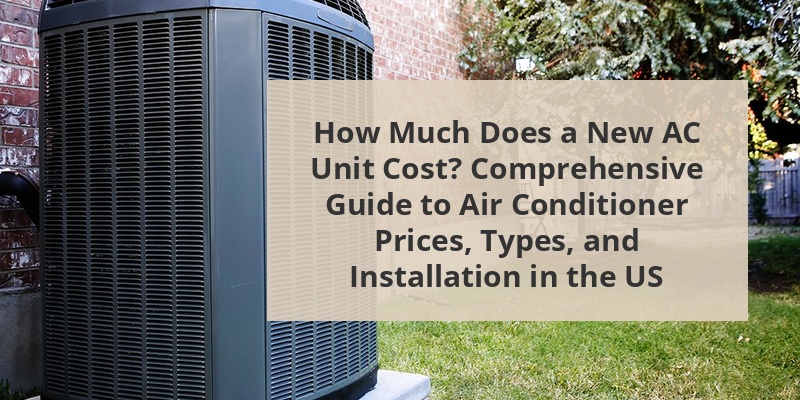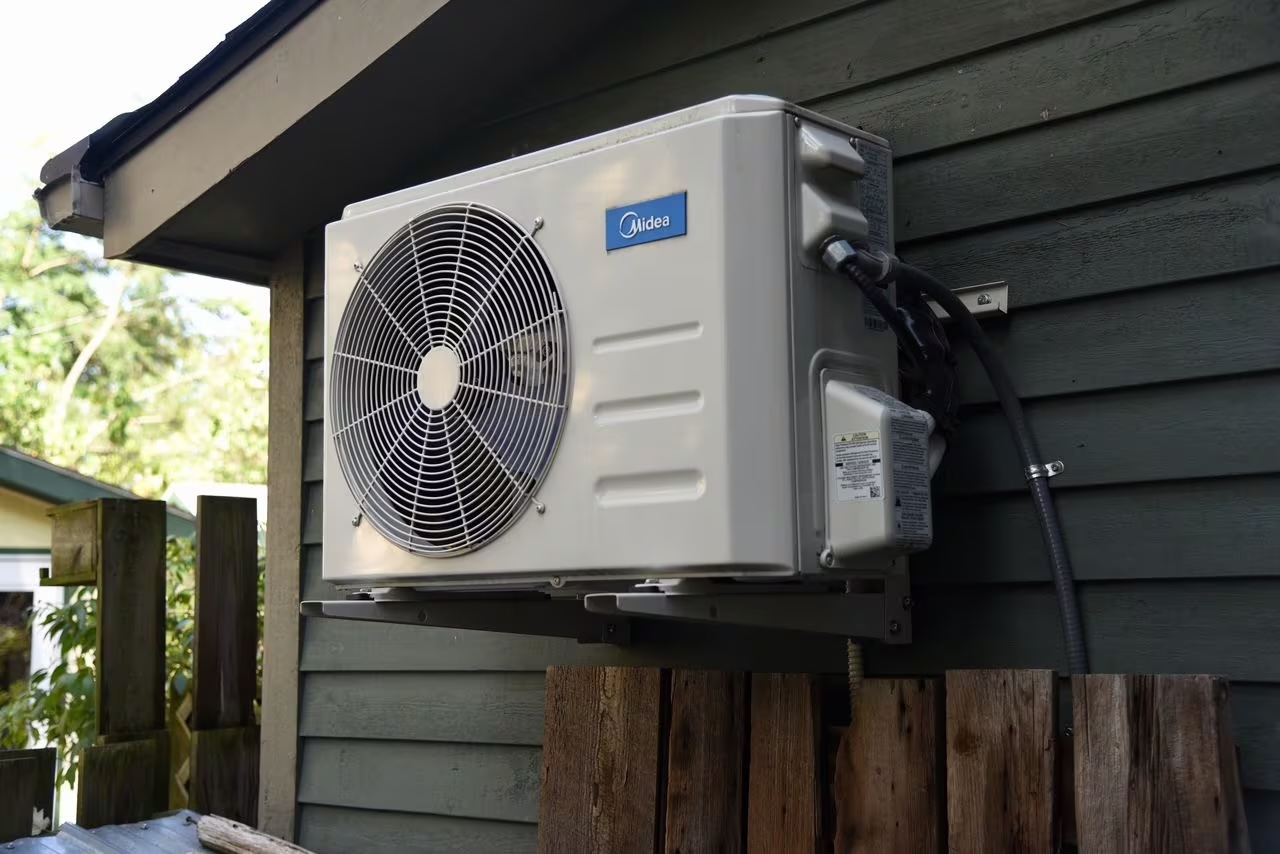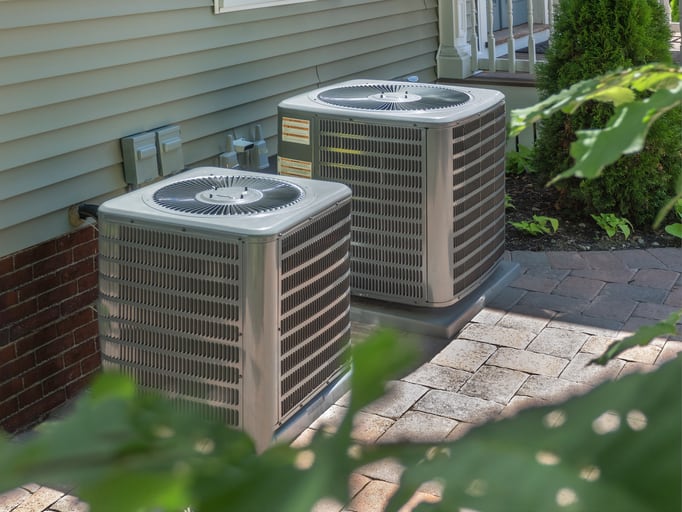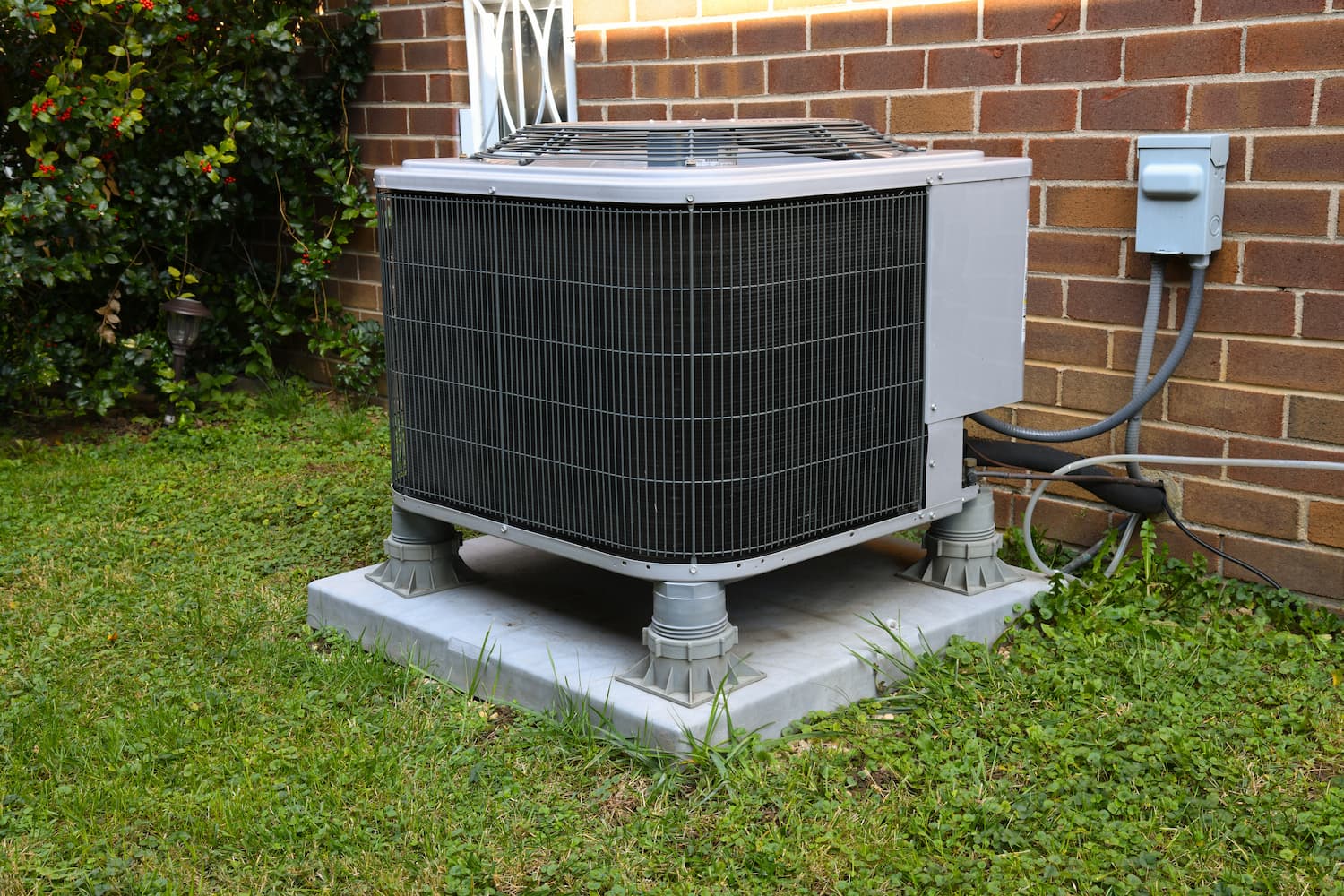How Much Is It For A New Air Conditioner

It’s a sweltering summer day, and your air conditioner sputters, coughs, and finally gives up. Silence. Suddenly, the question screaming through your mind isn't just, "Why isn't it working?", but the daunting, "How much is this going to cost me?" A new air conditioner is a significant investment, and understanding the factors influencing the price can help you navigate this stressful situation with a little more control.
Before we dive into pricing, let’s first try to determine if a replacement is truly necessary. Many air conditioning issues are simpler (and cheaper) to fix than you might initially think. This guide will walk you through some basic troubleshooting steps you can take before calling in the pros. Remember, safety first! Always disconnect the power to your unit before attempting any repairs.
Troubleshooting Your Air Conditioner: Is Replacement Really Necessary?
The first step is to determine if the problem is something you can fix yourself. Here's a step-by-step guide:
Step 1: Check the Thermostat
This might seem obvious, but it's often the culprit. Make sure your thermostat is:
- Set to "Cool" mode.
- Set to a temperature lower than the current room temperature.
- Has fresh batteries (if battery-powered).
Believe it or not, dead batteries are a frequent cause of A/C failure! A simple battery replacement could save you hundreds, or even thousands, of dollars.
Step 2: Inspect the Circuit Breaker
Your air conditioner likely has its own dedicated circuit breaker. Locate your electrical panel and check the breaker for the A/C unit. Look for a breaker that's tripped (usually in the "off" or middle position).
If the breaker is tripped:
- Turn the breaker completely to the "off" position.
- Then, flip it firmly to the "on" position.
If the breaker trips again immediately, do not continue to reset it. This indicates a more serious electrical problem, and you should call a qualified electrician immediately.
Step 3: Examine the Air Filter
A clogged air filter restricts airflow, making your A/C unit work harder and less efficiently. It can even cause the unit to overheat and shut down. This is one of the most common, and easily preventable, air conditioning problems.
Locate your air filter (usually inside the indoor unit or behind a vent). Remove the filter and inspect it.
If the filter is dirty or clogged:
- Replace it with a new filter of the correct size and type. Consult your owner's manual for the correct specifications.
Replacing your air filter regularly (every 1-3 months) is a crucial maintenance task that can significantly extend the life of your air conditioner.
Step 4: Check the Outdoor Unit (Condenser)
The outdoor unit is responsible for releasing heat from your home. Make sure it's not blocked by debris such as leaves, grass clippings, or overgrown vegetation.
Safety First: Turn off the power to the outdoor unit at the breaker before inspecting it.
Carefully remove any debris from around the unit. Pay particular attention to the fins (the thin metal plates surrounding the unit). Straighten any bent fins with a fin comb (available at most hardware stores). Be gentle, as the fins are easily damaged.
Also, check for ice buildup on the refrigerant lines. If you see ice, it could indicate a refrigerant leak or a problem with the airflow.
Important Note: Never attempt to handle refrigerant yourself. It's a hazardous substance, and you need a certified professional to handle it.
Step 5: Clean the Condensate Drain Line
The condensate drain line removes condensation produced by the cooling process. If this line becomes clogged, it can cause water to back up and shut down your A/C unit. You may notice water leaking from your indoor unit if this is the case.
Locate the condensate drain line (usually a PVC pipe near your indoor unit). You can try clearing the line with a wet/dry vacuum or by using a stiff wire to dislodge any clogs.
Alternatively, you can pour a cup of distilled vinegar into the drain line to help dissolve any buildup. Allow the vinegar to sit for about 30 minutes before flushing the line with water.
When to Call a Professional
If you've tried these basic troubleshooting steps and your air conditioner is still not working, it's time to call a qualified HVAC (Heating, Ventilation, and Air Conditioning) technician. Here are some signs that indicate a professional is needed:
- Refrigerant Leaks: These require specialized equipment and expertise to repair. You might notice ice buildup, hissing noises, or reduced cooling performance.
- Electrical Problems: If the circuit breaker trips repeatedly, or you smell burning electrical odors, call an electrician or HVAC technician immediately.
- Compressor Failure: The compressor is the heart of your A/C unit. If it fails, the unit will likely need to be replaced.
- Strange Noises: Loud banging, grinding, or rattling noises can indicate serious mechanical problems.
- Lack of Cool Air: If the unit is running but not producing cool air, there could be a variety of issues, including a refrigerant leak, compressor problem, or airflow obstruction.
- Age of the Unit: If your air conditioner is 10-15 years old or older, it may be nearing the end of its lifespan. Repeated repairs might not be cost-effective.
Factors Affecting the Cost of a New Air Conditioner
So, let's get to the main question: How much does a new air conditioner cost? The price can vary significantly depending on several factors:
- Type of Air Conditioner:
- Central Air Conditioner: This is the most common type, cooling your entire home through a system of ducts.
- Ductless Mini-Split: These units are ideal for cooling individual rooms or zones, without requiring ductwork.
- Window Unit: These are smaller, less expensive units that cool a single room.
- Size of the Unit (BTU): The size of the unit you need will depend on the size of your home, its insulation, and the climate you live in. A unit that's too small won't be able to cool your home effectively, while a unit that's too large will cycle on and off frequently, wasting energy and shortening its lifespan.
- Energy Efficiency (SEER Rating): SEER (Seasonal Energy Efficiency Ratio) measures the cooling efficiency of an air conditioner. The higher the SEER rating, the more efficient the unit, and the lower your energy bills will be. However, units with higher SEER ratings typically cost more upfront.
- Brand: Some brands are known for their reliability and performance, and they often command a higher price.
- Installation Costs: Installation costs can vary depending on the complexity of the job, the location of the unit, and the contractor you choose.
- Ductwork: If you're installing a central air conditioner in a home that doesn't have existing ductwork, the cost of installing ducts can add significantly to the overall expense.
- Permits and Inspections: Many municipalities require permits and inspections for air conditioning installations. These fees can vary depending on your location.
Estimating the Cost: A General Range
While it's impossible to give an exact price without knowing your specific needs and circumstances, here's a general idea of what you can expect to pay for a new air conditioner:
- Central Air Conditioner: $3,000 - $7,000+ installed. This includes the cost of the unit and installation. Higher SEER ratings and larger units will be on the higher end of this range.
- Ductless Mini-Split: $2,000 - $8,000+ installed per zone. The cost depends on the size and number of indoor units.
- Window Unit: $100 - $1,000, depending on size and features. Installation is usually simple and DIY-friendly.
Remember, these are just estimates. It's always best to get quotes from multiple HVAC contractors to get a more accurate idea of the cost in your area.
Getting Quotes and Choosing a Contractor
When getting quotes, be sure to ask the following questions:
- Is the contractor licensed and insured?
- How long have they been in business?
- Can they provide references from past customers?
- Do they offer a warranty on their work?
- What is included in the price (e.g., unit, installation, permits, ductwork)?
- What is the estimated timeline for the installation?
Don't just choose the contractor with the lowest price. Consider their reputation, experience, and the quality of their work. A cheaper installation could end up costing you more in the long run if it's not done properly.
Financing Options
A new air conditioner is a major expense, and you may need to consider financing options. Some HVAC contractors offer financing plans, or you may be able to get a loan from your bank or credit union.
Also, check for rebates and incentives offered by your local utility company or government agencies. Many programs offer rebates for installing energy-efficient appliances.
Conclusion: Be Informed, Be Prepared
Facing a broken air conditioner during the heat of summer can be incredibly stressful. However, by understanding the potential causes of the problem, performing some basic troubleshooting, and knowing what factors influence the cost of a new unit, you can approach the situation with more confidence. Remember to prioritize safety, get multiple quotes, and choose a reputable contractor. With a little research and preparation, you can make an informed decision and get your home back to a comfortable temperature in no time.










